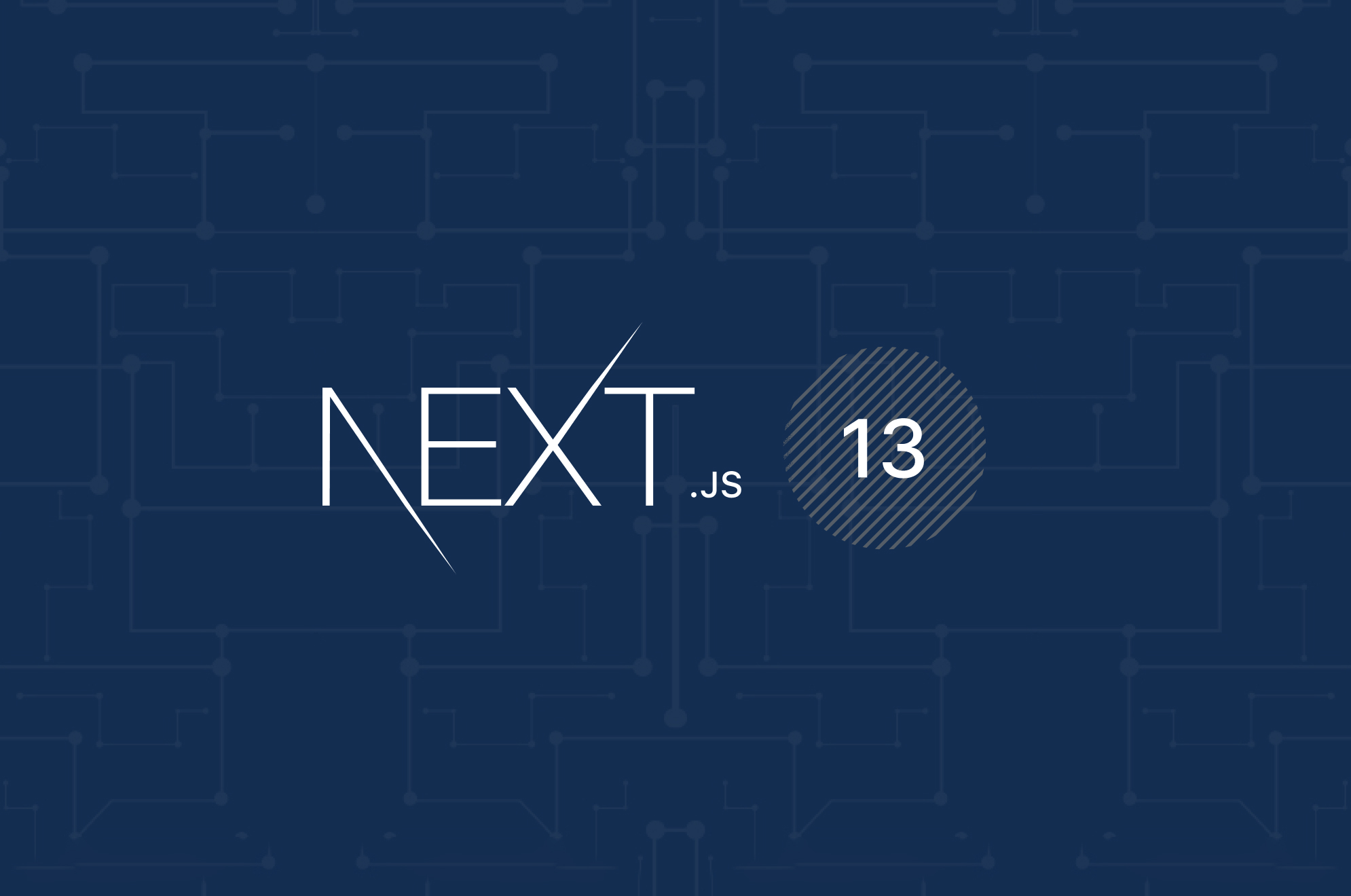Next.js is a JavaScript framework that enables developers to create front-end web applications that run on a server. It is a React-based framework that is easy to use and provides a number of features, such as server-side rendering, code splitting, and static exporting. In this blog post, we’ll go through the key features and improvements brought by Next.js 13 and discuss how it can transform your web development experience.
Automatic Server Components
One of the most anticipated features in Next.js 13 is the introduction of Automatic Server Components. This breakthrough innovation allows developers to seamlessly transition from static to interactive components with minimal effort. This feature in Next.js enables dynamic, personalized user experiences while maintaining the benefits of static site generation.
Improved Performance with React 18
Next.js 13 embraces the latest version of React, namely React 18, to provide developers with enhanced performance and improved rendering capabilities. With React 18’s new features like Concurrent Mode and Server Components, Next.js applications can achieve faster load times and smoother user interactions.
Incremental Static Regeneration
Building on its foundation of Static Site Generation (SSG), Next.js 13 introduces Incremental Static Regeneration (ISR). This groundbreaking feature allows developers to update specific pages or sections of their website in response to user actions or backend data changes. By combining the benefits of static generation with dynamic data updates, Next.js applications can maintain up-to-date content without sacrificing performance.
Improved Image Optimization
Next.js 13 brings significant enhancements to image optimization, allowing developers to effortlessly optimize images for better performance and user experience. With the new “next/image” component, you can automatically compress, lazy-load, and handle responsive images, minimizing bandwidth usage and maximizing visual quality across various devices and screen sizes.
Improved Development Experience
Next.js 13 focuses on improving the developer experience, making it even more delightful to work with. The new version includes faster startup times, improved hot module reloading, and smarter error reporting. These improvements contribute to a more efficient and productive workflow, reducing development time and allowing developers to iterate quickly.
Conclusion
Next.js 13 is an exciting leap forward for web development, introducing powerful features that empower developers to create highly performant and engaging web applications. With Automatic Server Components, improved performance through React 18, Incremental Static Regeneration, and enhanced image optimization, Next.js continues to push the boundaries of what’s possible on the web. Whether you’re a seasoned developer or just starting your journey, Next.js 13 is undoubtedly a tool worth exploring to build the future of web applications.
Remember, web development is a dynamic field, and staying up-to-date with the latest technologies like Next.js 13 is essential to keep your skills sharp and deliver exceptional user experiences. So dive in, experiment, and let your creativity flourish with Next.js 13!


.png?width=352&name=image.png%20(8).png)
.png?width=352&name=image.png%20(20).png)
.png?width=352&name=image.png%20(12).png)